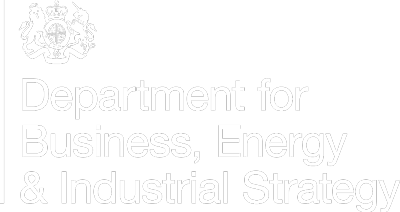Myonera sp.
Verticordioidea : Cuspidariidae |
| Tebble name: | n/a |
| Smith & Heppell name: | n/a |
To size:
To 4mm.
Shell Structure:
Thin, translucent.
Equivalve:
Equivalve except for a slight overlap by the LV along the posterior ventral margin.
Equilateral:
Equilateral.
Tumidity:
Compressed.
Outline:
Body of shell subovate; anterior rounded; ventral broadly curved with maximum height below beaks; posterior ventral margin weakly sinuous. Rostrum moderately elongate, with a sloping to slightly concave dorsal margin. Posterior truncate.
Contour:
Posterior sinus broad and rather shallow.
Sculpture:
Body of shell apparently smooth with co-marginal growth lines. Rostrum with stronger co-marginal lines and overall crusty. Body of shell overall minutely pustulose, pustules becoming granular over rostrum to give crusty appearance.
Margin:
Smooth.
Ligament:
Internal on a small posterior projecting resilifer.
Hinge:
Lacks teeth.
Pallial Musculature:
Obscure.
Periostracum:
Obscure.
Colour:
Shell white.
Distribution & Ecology
Depth Range
Bathyal (500 - 2000m)

Additional Information & Related Species
Related Species
Verticordioidea : Cuspidariidae
References
Listed are literature citing Myonera sp. . Reference containing the species Type Description is highlighted.
Resources
- Conchological Society
of Great Britain & Ireland
Provides resources for understanding, identifying, recording, and conserving molluscs - CLEMAM
Check List of European Marine Mollusca - MarLIN
The Marine Life Information Network for Britain and Ireland (MarLIN) provides information for marine environmental management, protection and education. It is a centre of excellence in spatially based and time-series marine biological information and supports good stewardship in the marine environment. - NBN Gateway
National Biodiversity Network's Gateway. Use it to explore UK biodiversity data, as contributed by participating data providers. - BivAToL
- MarBEF
- Malacological Society
- Unitas Malacologica
- Census of Marine Life
- MarBEF
MarBEF, a network of excellence funded by the European Union and consisting of 94 European marine institutes, is a platform to integrate and disseminate knowledge and expertise on marine biodiversity, with links to researchers, industry, stakeholders and the general public.












